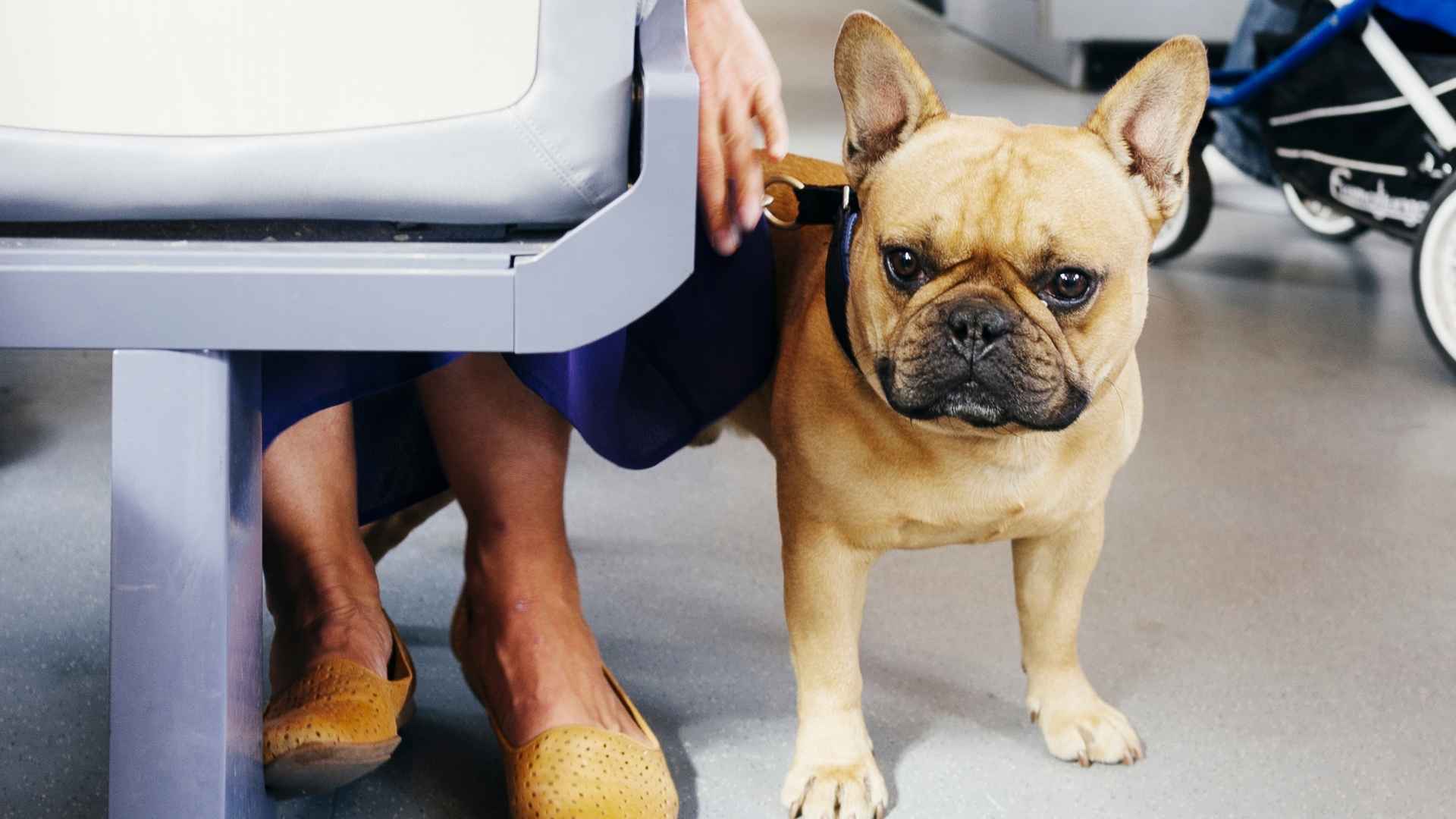Public transportation can be a bustling, unpredictable environment, and for many dog owners, the idea of bringing their canine companions along might feel daunting. Some breeds, however, are naturally predisposed to calm, steady behavior that makes them ideal bus travel companions.
These dogs remain composed as the vehicle starts and stops, their temperaments aligning perfectly with the rhythms of commuting life. Their calm presence creates a more comfortable experience for both the owner and fellow passengers, avoiding the disruptions caused by anxious barking or restless behavior.
From compact lap dogs that curl up quietly by your side to larger, dignified breeds that sit calmly in the aisle, these dogs embody the traits that make urban travel smoother.
Their blend of patience, adaptability, and even-tempered nature ensures they can handle the noises, crowds, and unfamiliar scents of a city bus ride without stress.
Dog Breeds That Relax In Buses Without Barking
1. Newfoundland
Bred along the harsh coasts of Newfoundland, this massive working dog was prized by fishermen for its strength and swimming ability. The breed hauled nets, retrieved gear, and even pulled carts loaded with supplies across rugged terrain. Centuries of such work shaped a dog both powerful and dependable.
What sets the Newfoundland apart is its famously gentle temperament. According to the AKC, despite their imposing size, they are calm and deeply affectionate, forming strong bonds with their families. Their composure in noisy or crowded places reflects their history of working steadily alongside humans.
Training a Newfoundland is generally straightforward, but their sheer size makes early lessons essential. They respond well to consistent, positive methods and thrive when given a sense of purpose. Socialization from puppyhood helps them navigate new experiences with confidence.
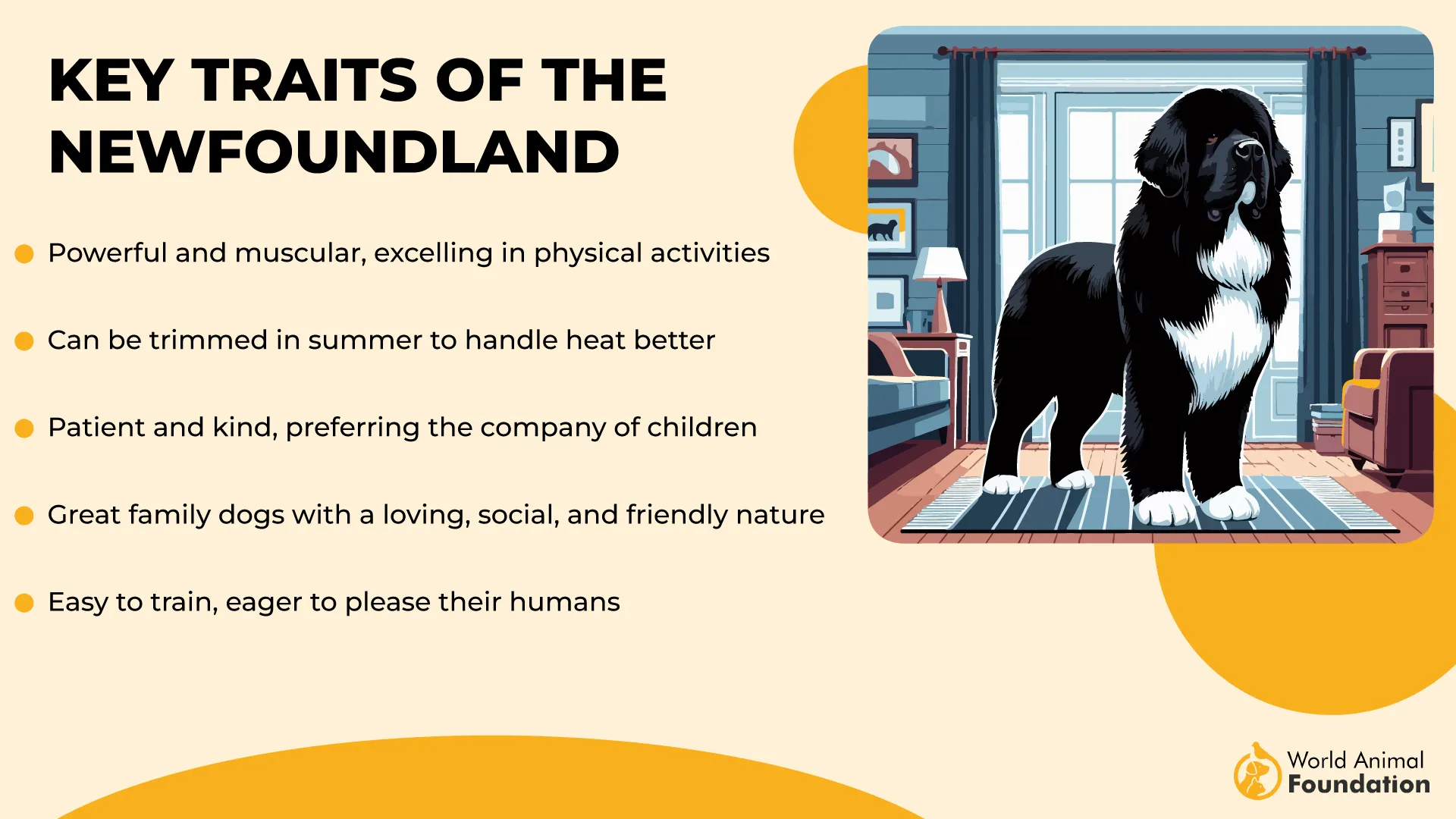
While they have guarding instincts, they are rarely vocal about it. Their watchful nature means they notice everything, but most Newfoundlands only bark when it feels necessary. This quiet confidence makes them a good match for peaceful settings like bus rides.
The Newfoundland’s thick, water-resistant coat requires regular brushing to keep shedding under control. Standing 26 to 28 inches tall and weighing over 100 pounds, they need space at home but are surprisingly content with moderate daily exercise. Their calm demeanor remains one of their most defining qualities.
Fun Fact
Newfoundlands are so skilled at water rescue that they are part of official lifeguard teams in parts of Europe, trained to save swimmers in distress.
2. Whippet
Whippets came to prominence in England’s industrial north, where working-class communities bred them for racing and hunting rabbits. Their slim build and remarkable speed earned them the nickname “the poor man’s racehorse.” These origins shaped a breed that is athletic yet unassuming.
They are known for their stillness indoors, curling up in a favorite spot for hours after a short burst of play. Their calm nature means they adapt easily to close quarters like apartments, or even the seat of a city bus. The lack of nervous barking is part of their easygoing charm.
Whippets are intelligent but sensitive, and training works best when handled gently. They respond to praise and patience rather than harsh corrections. This thoughtful approach brings out their cooperative side without dampening their spirit.
Though not typically considered guard dogs, Whippets stay alert and will quietly signal when something seems out of place. Their silence most of the time makes those few vocal moments count. They are naturally unobtrusive companions who fit smoothly into public spaces.
The short, smooth coat is nearly maintenance-free, shedding very little. With a weight range of about 25 to 40 pounds, they’re light and graceful, easy to manage on a leash, and comfortable in smaller environments. A short daily walk and a chance to sprint in a safe area keep them happy.
Fun Fact
Whippets are one of the few breeds capable of reaching speeds over 35 miles per hour, making them second only to the Greyhound among the fastest dogs.
3. Japanese Chin
The Japanese Chin has been cherished for centuries as a companion to nobility in Japan’s imperial courts. Their lineage traces back to ancient Asian toy breeds, prized for their elegance and poise. This long history has created a dog that seems to carry itself with quiet dignity.
These dogs are remarkably catlike in temperament. They move gracefully, often climbing to high places, and form intense bonds with their chosen person. Their quiet, composed nature means they rarely disturb the peace.
Purina states that training a Japanese Chin is generally smooth if approached with kindness. They can be a little stubborn, but they respond beautifully to gentle, consistent guidance. Introducing them early to different people and places helps nurture their confident side.
While alert to changes in their environment, Japanese Chins are not prone to frequent barking. Their soft warning voice tends to be reserved for meaningful moments, which suits calm settings like public transport. Their refined manners often impress strangers who meet them.
Their silky, flowing coat benefits from weekly brushing to keep it in good condition. At only 7 to 11 pounds, they are small enough to be carried easily and light enough to settle on a lap for the length of a journey. Their compact size and serene temperament make them a peaceful presence anywhere they go.
Fun Fact
Many Japanese Chins display an unusual “singing” behavior—a soft, almost melodic trill that sounds nothing like a typical bark.
4. Akita
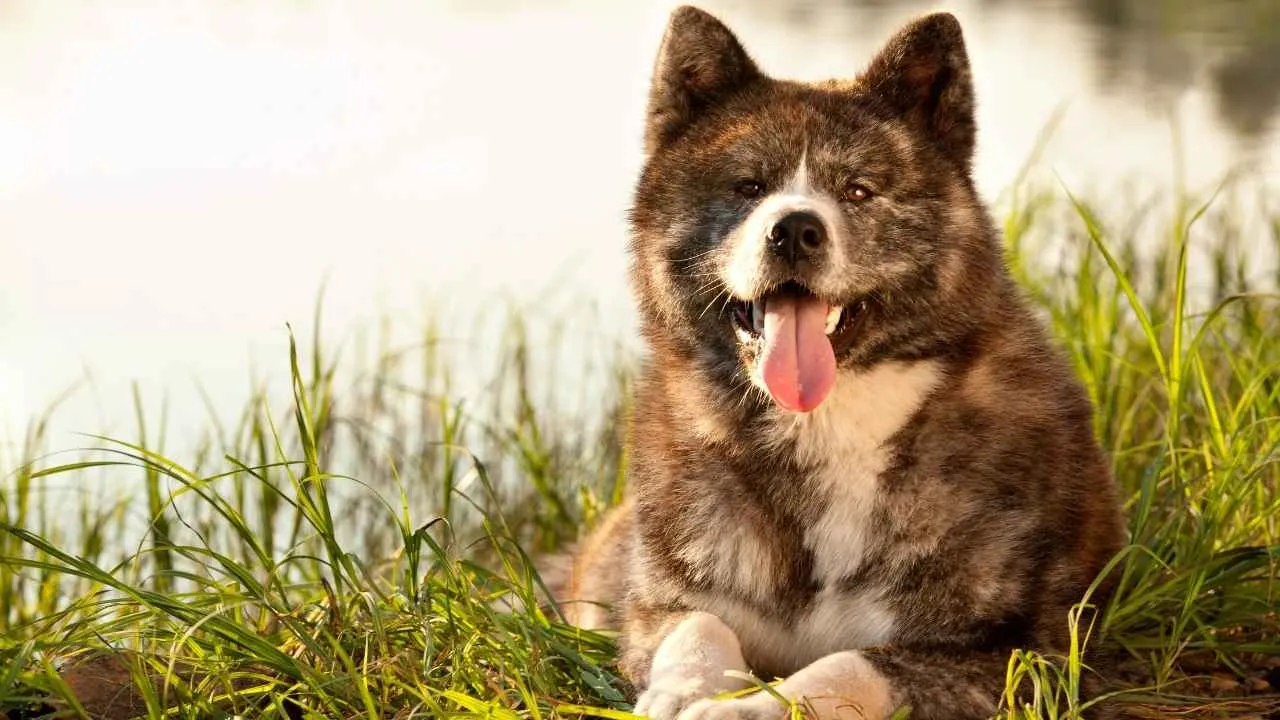
The Akita emerged in Japan’s snowy northern regions, originally bred to guard nobility and hunt large game like boar and bear. This working heritage fostered a dog of strength, resilience, and quiet confidence. Their history as protectors is evident in their dignified bearing.
Akitas are known for their calm, composed temperament. They bond deeply with their family, often choosing one person as their primary companion. This deep loyalty translates into a steady presence even in busy environments.
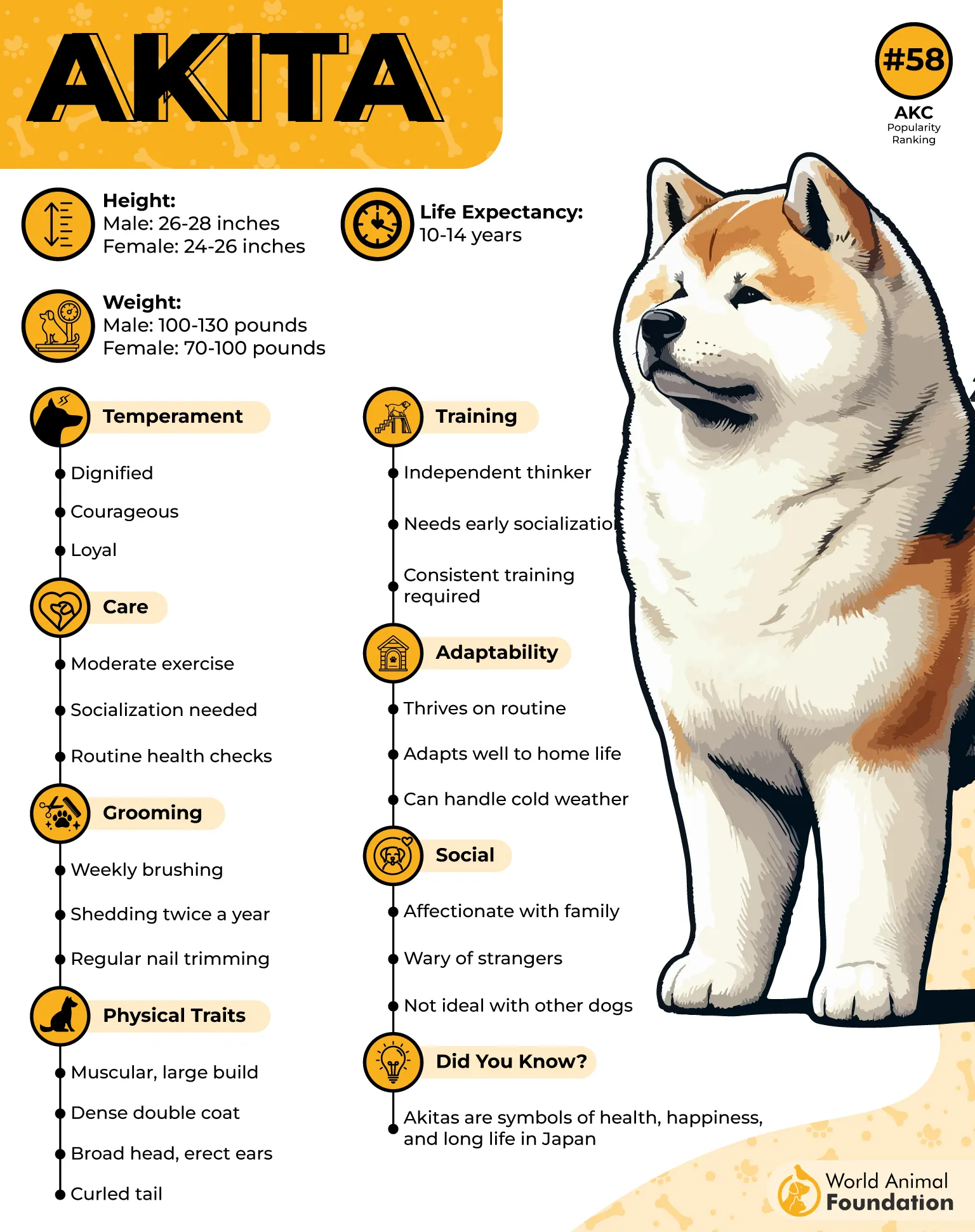
Training an Akita requires a balanced hand—firm yet respectful. They are intelligent but independent, so early lessons and clear boundaries are important. When handled well, they respond with reliable obedience and measured behavior.
Though they are alert guardians, Akitas are typically quiet dogs. They observe rather than bark excessively, saving their deep, powerful voice for serious reasons. This restraint makes them well suited to settings where calmness is key.
Their dense double coat sheds seasonally and needs regular brushing. Weighing 70 to 130 pounds, Akitas are imposing in size but tend to settle calmly when properly exercised. Their self-contained nature helps them stay composed, even on long bus rides.
Fun Fact
In Japan, Akitas symbolize health and happiness—statues of them are often given as gifts to families welcoming a new baby.
5. Basenji
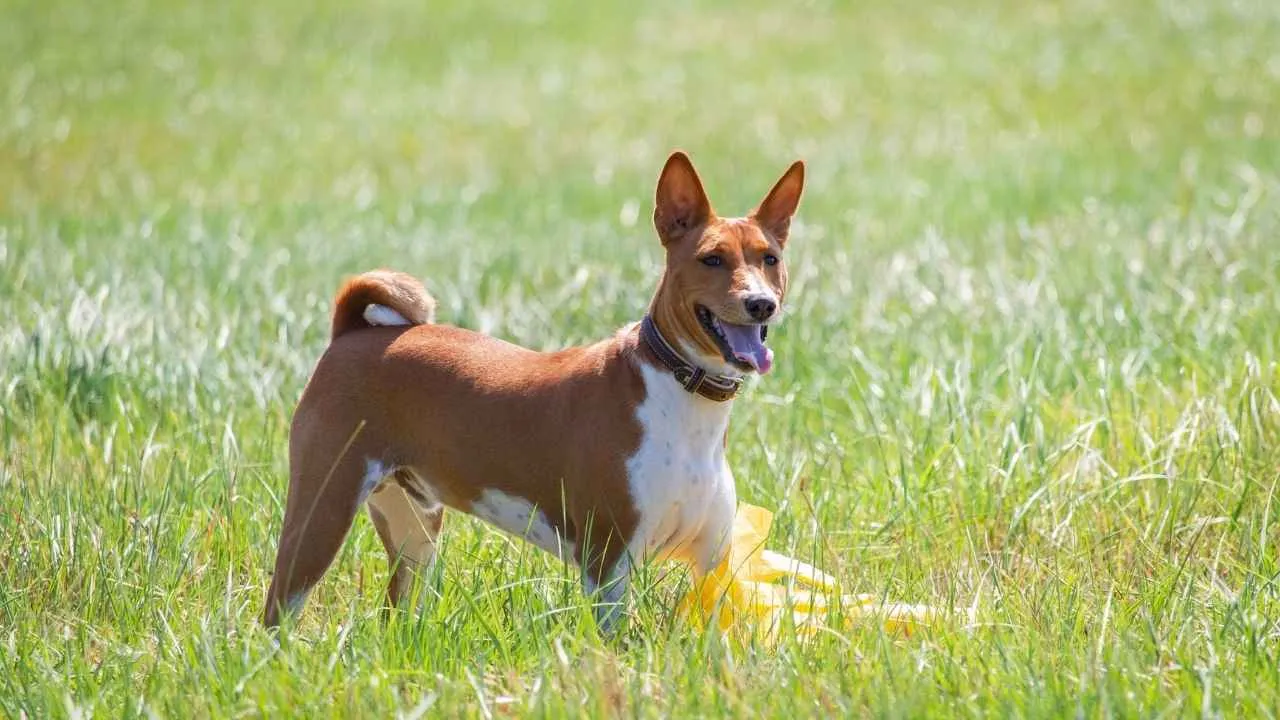
The Basenji, often called the “barkless dog,” hails from central Africa, where it worked alongside hunters to track and flush game. Its ancient lineage shows in its lean frame and instinctive alertness. Despite this, it remains one of the quietest breeds in the world.
Basenjis are known for their lively yet refined personalities. They are curious and observant, with an almost feline independence that sets them apart from more demonstrative dogs. Their silence is not shyness, but an inherited trait from generations of stealthy hunting.
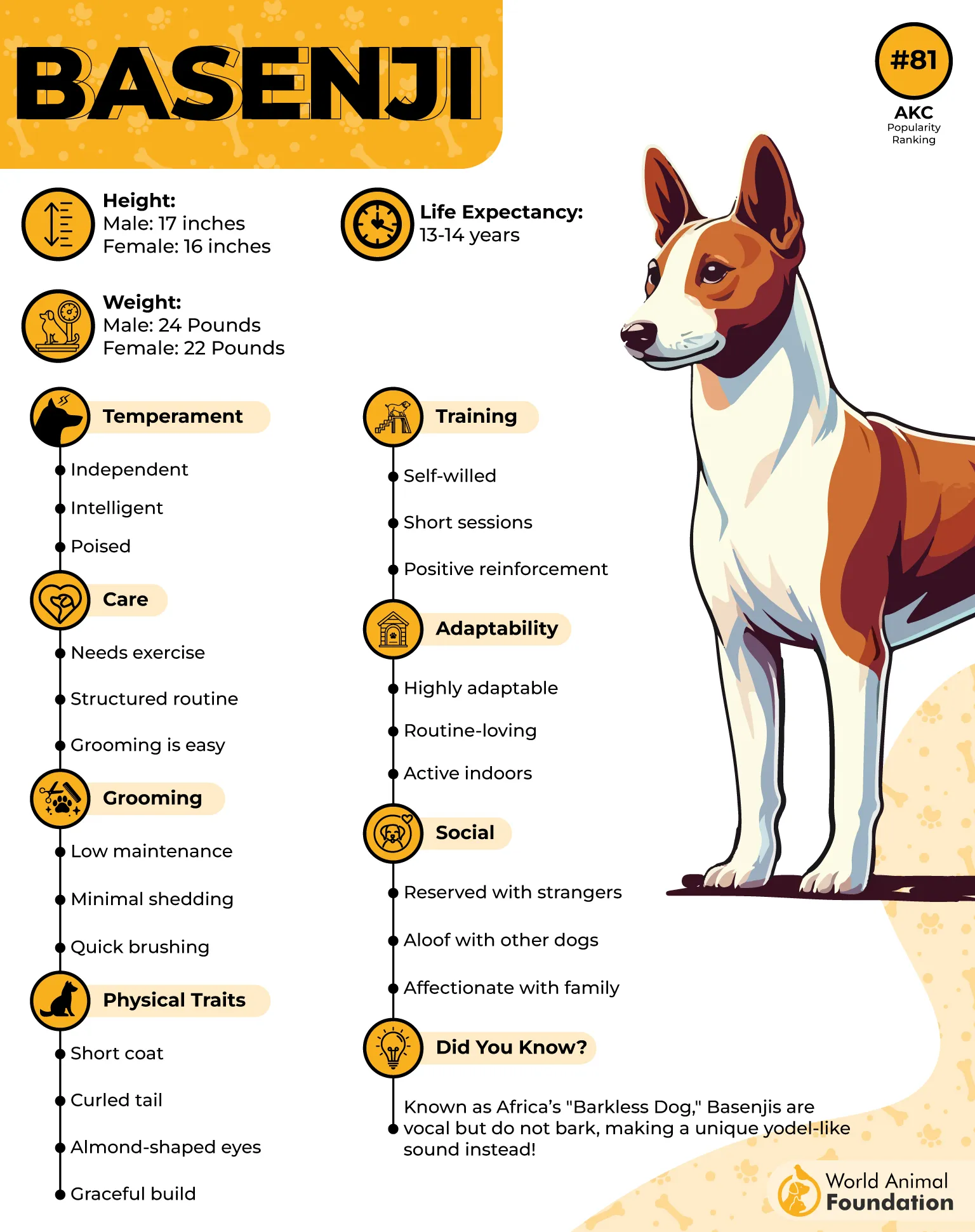
Training a Basenji can be an engaging challenge. They are clever and quick to learn, but can also be stubborn, so creative, positive methods work best. Consistent guidance helps them thrive in shared spaces.
Instead of barking, Basenjis produce a unique yodel-like sound called a “baroo.” Even if that is rare, meaning they ride quietly in public transport without disturbing anyone. Their quiet nature is one of the main reasons they adapt so smoothly to urban life.
Their short coat requires almost no grooming, and they are naturally clean, often grooming themselves like cats. Compact and athletic, they stand under 17 inches tall and weigh less than 25 pounds, which makes them easy to handle in crowded areas.
Fun Fact
The Basenji’s image appears on ancient Egyptian artifacts, suggesting this breed has been living alongside humans for thousands of years.
6. Borzoi
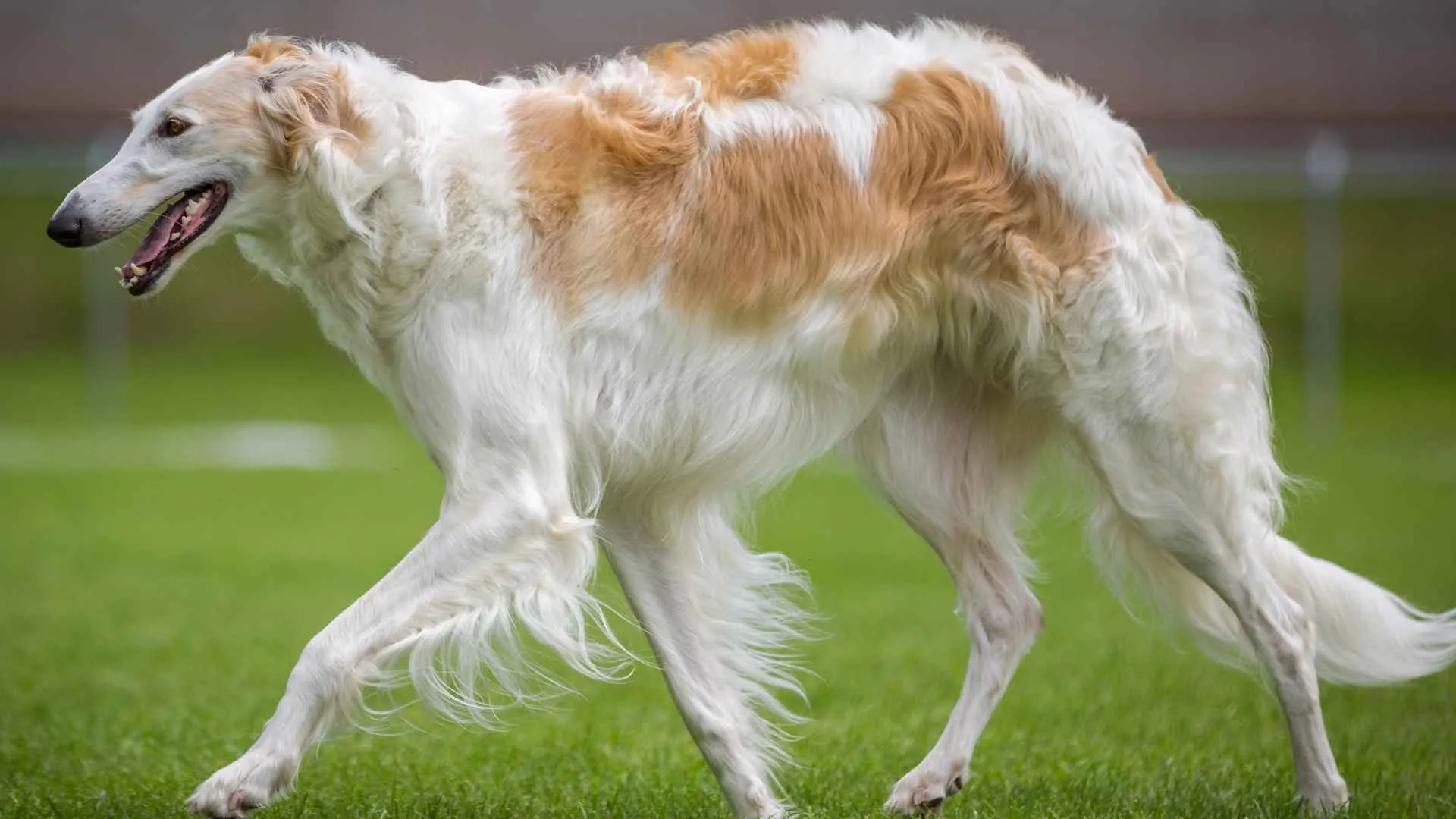
The Borzoi, once favored by Russian aristocracy, was bred to chase wolves across vast open plains. This heritage created a dog of striking elegance and impressive athletic ability. Their tall, graceful silhouette reflects their noble past.
Despite their hunting roots, Borzois are calm and surprisingly reserved. They carry themselves with quiet dignity, rarely drawing attention to themselves. Their tranquil nature makes them easy companions in shared spaces.
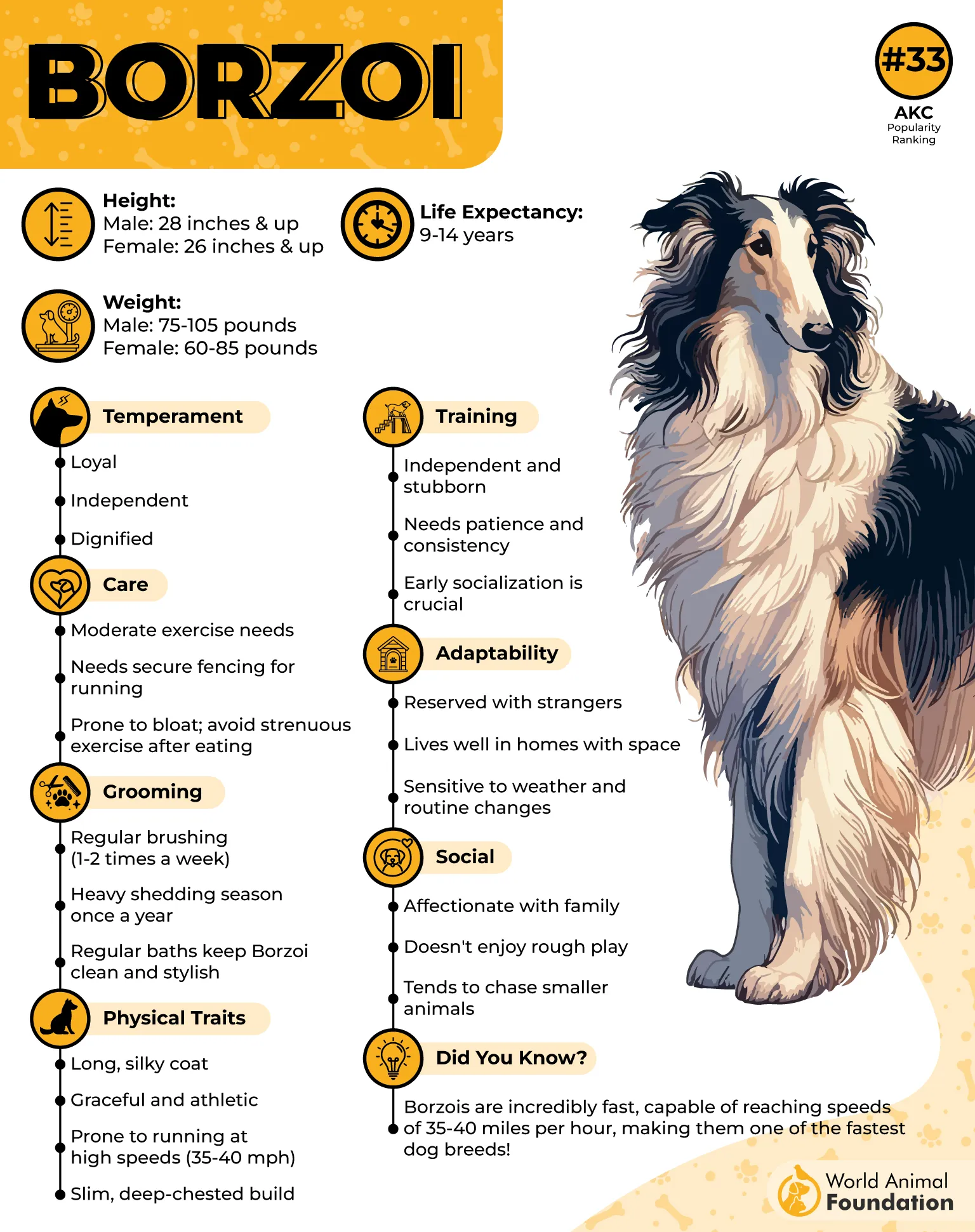
Borzois learn best through calm, consistent training. They respond to patient handling rather than harsh commands, showing their cooperative side when treated with respect. Their sensitive disposition benefits from early socialization.
While they will alert to unusual sights or sounds, Borzois are not frequent barkers. Their quiet watchfulness is often mistaken for aloofness, but it’s simply their way of processing the world. This silence makes them natural passengers in calm settings.
As per WebMD, their long, silky coat needs regular brushing to keep it free of tangles. Though they can reach 100 pounds, Borzois are gentle giants who lounge indoors after a good run outdoors. Their serene temperament often surprises those expecting a high-strung sighthound.
Fun Fact
The name “Borzoi” means “swift” in Russian, a nod to their incredible speed, comparable to a Greyhound’s.
7. French Bulldog
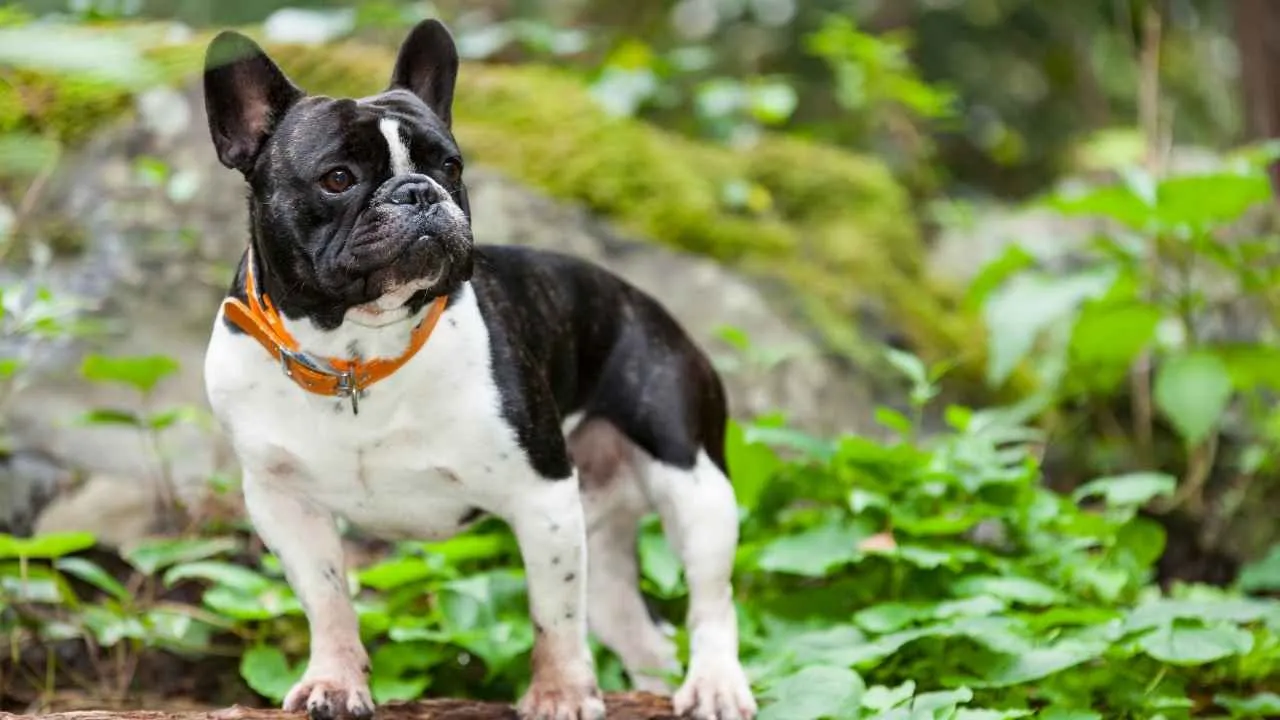
French Bulldogs originated in 19th-century France as companions to lace workers and city dwellers. Their charming personality and compact frame quickly made them popular in urban areas. Today, they remain one of the most adaptable companion breeds.
Known for their affectionate and playful nature, French Bulldogs thrive on companionship. They are happiest by their owner’s side, whether at home or during a trip across town. Their cheerful disposition adds warmth to even the dullest commute.
Training a French Bulldog is usually straightforward—they want to please, though they have a streak of stubbornness. Gentle consistency works best, along with plenty of encouragement. They respond well to routines and quickly settle into new environments.

French Bulldogs seldom bark without cause. They may make a few grumbles or snorts, but their voices are rarely loud or disruptive. This quiet demeanor has contributed to their reputation as one of the best small dogs for city living.
Their short, smooth coat is easy to care for, and their sturdy, compact size—under 28 pounds—makes them easy to carry or guide on a leash. They require only moderate exercise, preferring cozy rest to endless activity. This easygoing nature fits perfectly with travel on buses.
Fun Fact
French Bulldogs can’t swim well due to their heavy, front‑loaded bodies and short snouts, so they should always be kept away from deep water.
Conclusion
Calm dogs bring a sense of peace to everyday life. Breeds like the Newfoundland, Whippet, and Borzoi show that quiet temperament can change the tone of a crowded bus or a busy street, their steady presence making travel feel less hectic. These dogs aren’t just silent, they’re composed, observant, and content to sit beside their people, no matter how long the ride.
What unites them is loyalty. An Akita that stays close, a French Bulldog that nudges for a cuddle, or a Japanese Chin perched lightly on a lap, each of these breeds bonds deeply. They fit easily into the lives of older adults, young families, and anyone who values steady companionship. Other calm and quiet dog breeds include the Cavalier King Charles Spaniel, the Bernese Mountain Dog, and the Shih Tzu.
They’re more than pets; they offer emotional support and ease into routines with little demand for long runs or endless activity. A few short walks, time together, and they’re happy.
From puppyhood to adulthood, these dogs bring unique personalities and quiet devotion. They are smart, eager, and deeply affectionate, excellent companions who make every journey and every day feel a little calmer.


